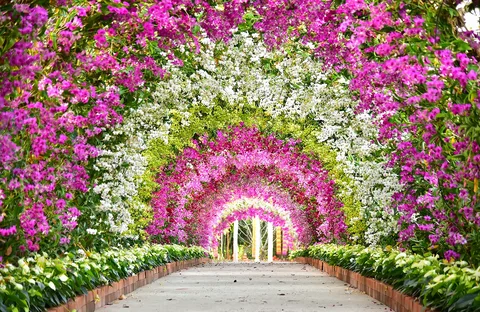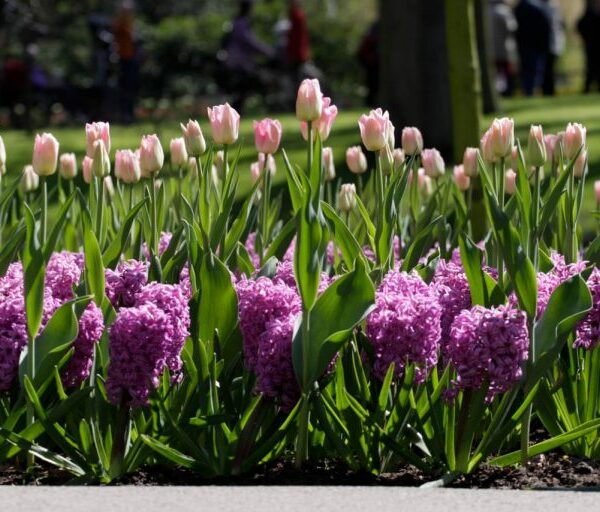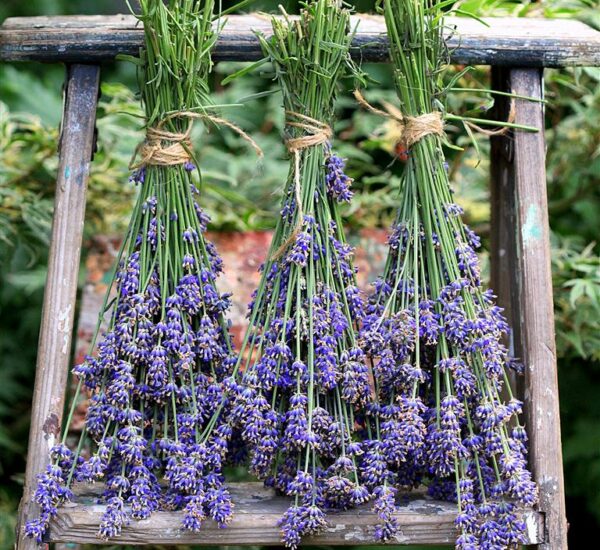Introduction
Perennial Dianthus, often known as “Pinks” or “Carnations,” are beloved for their vibrant, fragrant blooms and long-lasting beauty. In this expert guide, we will explore twelve essential tips to help you grow perennial Dianthus flowers successfully. These recommendations draw upon the knowledge of horticultural experts and government guidelines.
Proper Selection of Dianthus Varieties
Select Dianthus varieties suitable for your climate and growing conditions. Consult local horticultural experts or government sources for recommendations based on your region’s climate and soil type.
Optimal Planting Time
Plant perennial Dianthus in the recommended season for your area, ensuring they have enough time to establish their roots before winter. Local guidelines can help you determine the best planting time.
Soil Preparation
Prepare well-drained, slightly alkaline soil rich in organic matter for Dianthus. Local horticultural experts can provide soil testing and amendment recommendations tailored to your specific soil type.
Correct Planting Depth
Plant Dianthus at the appropriate depth, ensuring the crown of the plant is level with the soil surface. Proper planting depth helps prevent crown rot and promotes healthy growth.
Adequate Spacing
Provide sufficient spacing between Dianthus plants to allow for proper air circulation, reducing the risk of fungal diseases. Local experts can advise on the ideal spacing for your chosen Dianthus variety.
Watering Practices
Water Dianthus consistently, ensuring the soil is evenly moist but not waterlogged. Deep, infrequent watering is generally preferred over frequent shallow watering.
Sunlight Requirements
Dianthus thrives in full sun but can tolerate light shade. Ensure they receive at least 6-8 hours of direct sunlight daily for optimal growth and prolific flowering.
Mulching for Moisture Retention
Mulch the soil around Dianthus plants to help retain moisture, regulate soil temperature, and prevent weed growth. Consult local horticultural sources for suitable mulch options in your area.
Fertilization Strategies
Feed Dianthus plants with a balanced, slow-release fertilizer in the spring. Local experts can guide you on the appropriate fertilizer type and application rate for your region.
Pruning and Deadheading
Regularly deadhead spent blooms to encourage continuous flowering, and prune leggy growth to maintain a compact, bushy shape. Follow local guidelines for the best pruning practices.
Pest and Disease Management
Monitor Dianthus for common pests such as aphids and diseases like powdery mildew. Local horticultural resources can offer guidance on pest and disease control methods.
Winter Care
Provide proper winter protection, such as mulching and covering, to safeguard Dianthus from harsh winter conditions. Local experts can advise on the most effective winter care practices for your region.
Conclusion
Growing perennial Dianthus successfully is achievable by following these twelve expert tips and heeding the advice of horticultural experts and government sources. With the right selection, planting, soil preparation, and care, you can enjoy the vibrant beauty and sweet fragrance of Dianthus flowers in your garden year after year.
What are perennial Dianthus flowers, and what makes them different from other Dianthus varieties?
Perennial Dianthus flowers are a group of Dianthus species that return year after year. They are distinguished by their longevity and are often referred to as “Pinks” or “Carnations.”
How do I choose the right perennial Dianthus varieties for my garden?
Selection depends on your climate and soil conditions. Consult local horticultural experts or government sources for recommendations tailored to your region.
When is the best time to plant perennial Dianthus, and can I grow them from seeds?
The ideal planting time varies by region. Local guidelines can help you determine the best season for planting, and while Dianthus can be grown from seeds, many gardeners prefer using transplants or cuttings for quicker results.
What kind of soil do perennial Dianthus prefer, and how do I prepare it?
Perennial Dianthus thrive in well-drained, slightly alkaline soil rich in organic matter. Consult local horticultural experts for soil testing and amendment recommendations.
What is the correct planting depth for perennial Dianthus?
Plant Dianthus at a depth where the crown is level with the soil surface to prevent crown rot and promote healthy growth.
How often should I water perennial Dianthus, and what is the best watering practice?
Water Dianthus consistently, ensuring the soil is evenly moist without becoming waterlogged. Deep, infrequent watering is generally preferred over shallow, frequent watering.
What are the sunlight requirements for perennial Dianthus, and can they tolerate shade?
Perennial Dianthus prefer full sun but can tolerate light shade. They require at least 6-8 hours of direct sunlight daily for optimal growth and flowering.
How should I fertilize perennial Dianthus, and when is the best time for feeding?
Feed Dianthus with a balanced, slow-release fertilizer in the spring. Consult local experts for specific fertilizer recommendations and application rates.
What is the importance of deadheading and pruning for perennial Dianthus, and how should I do it?
Deadheading spent blooms and pruning leggy growth are essential for encouraging continuous flowering and maintaining a compact shape. Local guidelines provide best practices for pruning.
How can I protect my perennial Dianthus during winter, and what winter care practices should I follow?
Proper winter protection involves mulching and covering to safeguard Dianthus from harsh winter conditions. Local experts can advise on the most effective winter care practices for your region.
- Rhode Island’s Favorite THC Infused Beverages - June 5, 2025
- THC Soda and Drink Options in Idaho - May 28, 2025
- Ohio’s Go-To THC Infused Beverages - May 28, 2025




